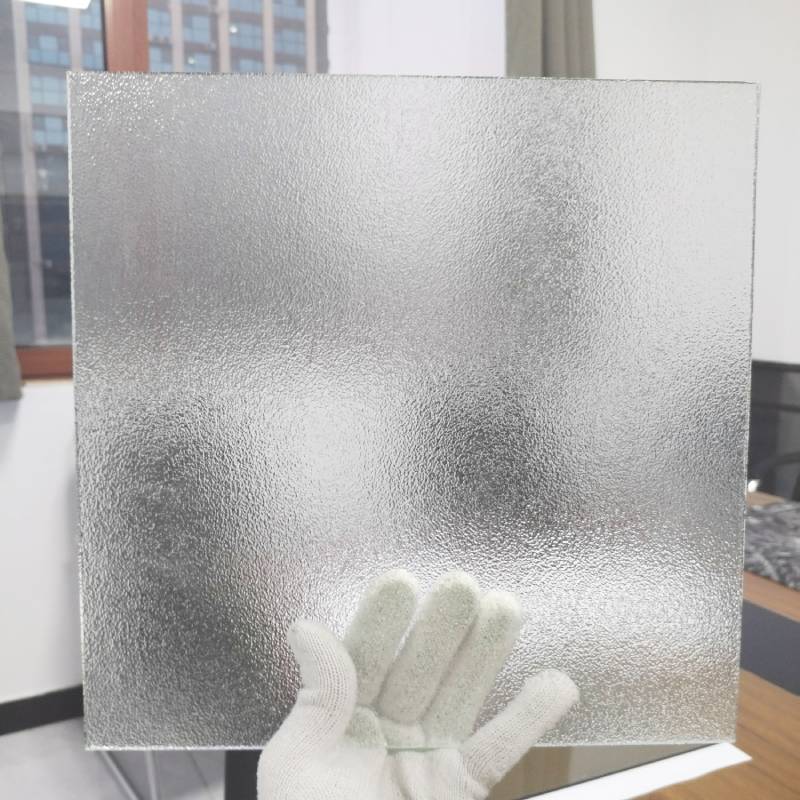The Impact of Float Glass Manufacturing on the Environment
The float glass manufacturing process is a significant contributor to industrial pollution and environmental degradation. This article aims to shed light on the environmental impact of float glass manufacturing and explore potential solutions to mitigate its adverse effects.
Float glass is a type of glass that is manufactured by floating molten glass on a bed of molten tin. This unique process results in a high-quality, flat sheet of glass with uniform thickness. However, this process also generates a significant amount of pollutants, including sulfur dioxide, nitrogen oxides, particulate matter, and heavy metals.
These pollutants have a detrimental effect on both human health and the environment. For instance, sulfur dioxide can cause respiratory problems, while nitrogen oxides contribute to the formation of ozone and acid rain. Particulate matter can aggravate respiratory and cardiovascular diseases, while heavy metals can contaminate soil and water sources, leading to long-term health issues.
In addition to air pollution, float glass manufacturing also contributes to water pollution. The process requires large amounts of water for cooling and cleaning, which can lead to the release of toxic chemicals into nearby water bodies The process requires large amounts of water for cooling and cleaning, which can lead to the release of toxic chemicals into nearby water bodies

The process requires large amounts of water for cooling and cleaning, which can lead to the release of toxic chemicals into nearby water bodies The process requires large amounts of water for cooling and cleaning, which can lead to the release of toxic chemicals into nearby water bodies
 float glass manufacturing
float glass manufacturing. These chemicals can harm aquatic life and disrupt ecosystems.
To mitigate the environmental impact of float glass manufacturing, several strategies can be employed. Firstly, manufacturers can adopt cleaner technologies and processes to reduce pollutant emissions. For example, using dry cleaning methods instead of wet cleaning can significantly reduce water usage and associated pollution. Secondly, implementing strict emission standards and regulations can help to limit the amount of pollutants released into the environment. Finally, investing in research and development to develop more sustainable materials and processes can drive innovation and reduce the environmental footprint of float glass manufacturing.
In conclusion, the float glass manufacturing process has a significant impact on the environment, posing risks to human health and ecosystems. By adopting cleaner technologies, implementing strict regulations, and investing in research and development, we can work towards mitigating these negative effects and promoting a more sustainable future for the industry.
 Afrikaans
Afrikaans  Albanian
Albanian  Amharic
Amharic  Arabic
Arabic  Armenian
Armenian  Azerbaijani
Azerbaijani  Basque
Basque  Belarusian
Belarusian  Bengali
Bengali  Bosnian
Bosnian  Bulgarian
Bulgarian  Catalan
Catalan  Cebuano
Cebuano  Corsican
Corsican  Croatian
Croatian  Czech
Czech  Danish
Danish  Dutch
Dutch  English
English  Esperanto
Esperanto  Estonian
Estonian  Finnish
Finnish  French
French  Frisian
Frisian  Galician
Galician  Georgian
Georgian  German
German  Greek
Greek  Gujarati
Gujarati  Haitian Creole
Haitian Creole  hausa
hausa  hawaiian
hawaiian  Hebrew
Hebrew  Hindi
Hindi  Miao
Miao  Hungarian
Hungarian  Icelandic
Icelandic  igbo
igbo  Indonesian
Indonesian  irish
irish  Italian
Italian  Japanese
Japanese  Javanese
Javanese  Kannada
Kannada  kazakh
kazakh  Khmer
Khmer  Rwandese
Rwandese  Korean
Korean  Kurdish
Kurdish  Kyrgyz
Kyrgyz  Lao
Lao  Latin
Latin  Latvian
Latvian  Lithuanian
Lithuanian  Luxembourgish
Luxembourgish  Macedonian
Macedonian  Malgashi
Malgashi  Malay
Malay  Malayalam
Malayalam  Maltese
Maltese  Maori
Maori  Marathi
Marathi  Mongolian
Mongolian  Myanmar
Myanmar  Nepali
Nepali  Norwegian
Norwegian  Norwegian
Norwegian  Occitan
Occitan  Pashto
Pashto  Persian
Persian  Polish
Polish  Portuguese
Portuguese  Punjabi
Punjabi  Romanian
Romanian  Russian
Russian  Samoan
Samoan  Scottish Gaelic
Scottish Gaelic  Serbian
Serbian  Sesotho
Sesotho  Shona
Shona  Sindhi
Sindhi  Sinhala
Sinhala  Slovak
Slovak  Slovenian
Slovenian  Somali
Somali  Spanish
Spanish  Sundanese
Sundanese  Swahili
Swahili  Swedish
Swedish  Tagalog
Tagalog  Tajik
Tajik  Tamil
Tamil  Tatar
Tatar  Telugu
Telugu  Thai
Thai  Turkish
Turkish  Turkmen
Turkmen  Ukrainian
Ukrainian  Urdu
Urdu  Uighur
Uighur  Uzbek
Uzbek  Vietnamese
Vietnamese  Welsh
Welsh  Bantu
Bantu  Yiddish
Yiddish  Yoruba
Yoruba  Zulu
Zulu 

 The process requires large amounts of water for cooling and cleaning, which can lead to the release of toxic chemicals into nearby water bodies The process requires large amounts of water for cooling and cleaning, which can lead to the release of toxic chemicals into nearby water bodies
The process requires large amounts of water for cooling and cleaning, which can lead to the release of toxic chemicals into nearby water bodies The process requires large amounts of water for cooling and cleaning, which can lead to the release of toxic chemicals into nearby water bodies